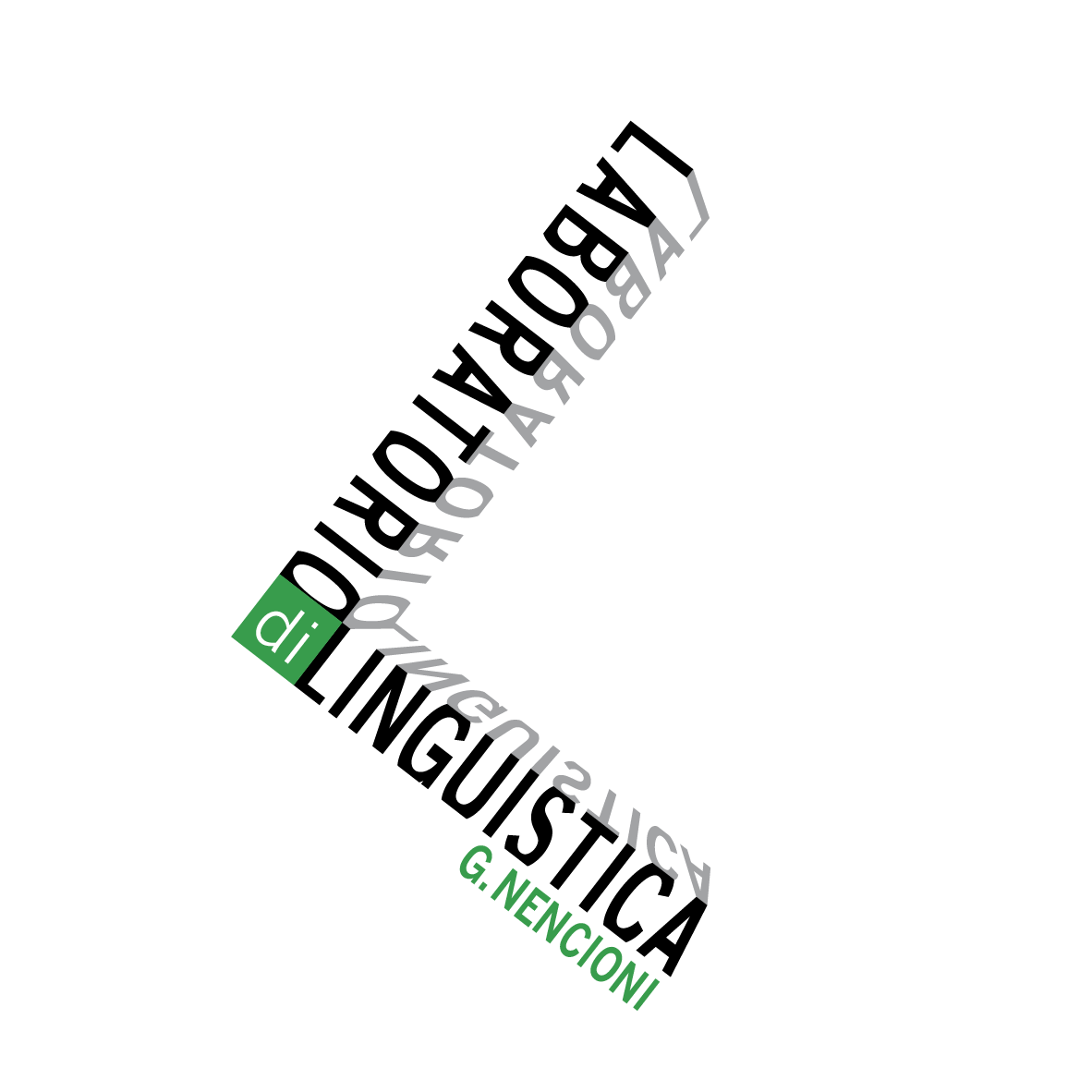'Giovanni Nencioni'
La versione definitiva di questo lavoro è in:
Pier Marco Bertinetto, Valentina Bianchi, James Higginbotham & Mario Squartini (eds.)
Temporal Reference, Aspect and Actionality. I: Semantic and Syntactic Perspectives
Torino, Rosenberg & Sellier 1995: 125-142.
---------------------------------------------------------------------------------------------
This paper's final version is to be found in:
Pier Marco Bertinetto, Valentina Bianchi, James Higginbotham & Mario Squartini (eds.)Temporal Reference, Aspect and Actionality. I: Semantic and Syntactic Perspectives
Torino, Rosenberg & Sellier 1995: 125-142.
Abstract:
This study proposes an extension to the temporal domain of the 'specificity' effects detected in the nominal domain (cf. Diesing 92). The leading idea is that the aspectual ambiguity of the Imperfect in Italian (and in other Romance languages), between the habitual and the progressive reading, does not follow from the fact that this tense can be mapped onto alternative logical forms (corresponding to distinct aspectual readings), as is the case for its counterparts in Germanic (cf. the so-called 'Imperfectum' in Dutch). Rather, the ambiguity of the Imperfect corresponds to the admissible interpretations associated to the single logical form onto which the Imperfect is unambiguously mapped.
The authors' insight is that the Imperfect gives rise to logical forms involving 'strong' quantifiers over times and events. The aspectual ambiguity depends on the nature of the presuppositions associated to these restricted quantifiers, whereby a crucial distinction is made between the case in which an operator involves a resupposition of existence / cardinality and the case in which an operator involves quantifìcation over 'familiar' objects (D- linking, where D stands for 'discourse').
The importance of this distinction is revealed by its interesting applications within the nominal
domain: there is evidence that only D-linked quantifiers must undergo movement in overt syntax, with important consequences for a proper understanding of the interpretative effects usually associated with Diesing's Mapping Hypothesis. Although a number of technical issues concerning the mapping from morphosyntax to semantics have still to be addressed, the authors develop a plausible line of analysis, according to which a common logical form underlies different aspectual readings, and specific interpretative features (such as the "temporal frame reading' of the progressive) arise by implicature. At a more general theoretical level, the authors argue in favor of the view that some 'pragmatic' aspects of meaning are encoded in the semantics of quantification and might even be encoded in syntax (see De Jong & Verkuyl 1987, Lappin & Reinhart 1988 and Diesing 1992 for a discussion of these issues).
Bibliographical references.
Diesing, M. (1992), Indefinites, MIT Press, Cambridge.
Jong, F. de & H. Verkuyl (1985), "Generalized Quantifiers: The Properness of their Strenght" , in J. van Benthem & A. ter Meulen (eds.), Generalized Quantifiers in Natural Language, Foris. Dordrecht: 21-43.
Lappin, S. & T. Reinhart (1988), "Presuppositional Effects of Strong Determiners: A Processing Account", in Linguistics, 26: 1021-1037.

